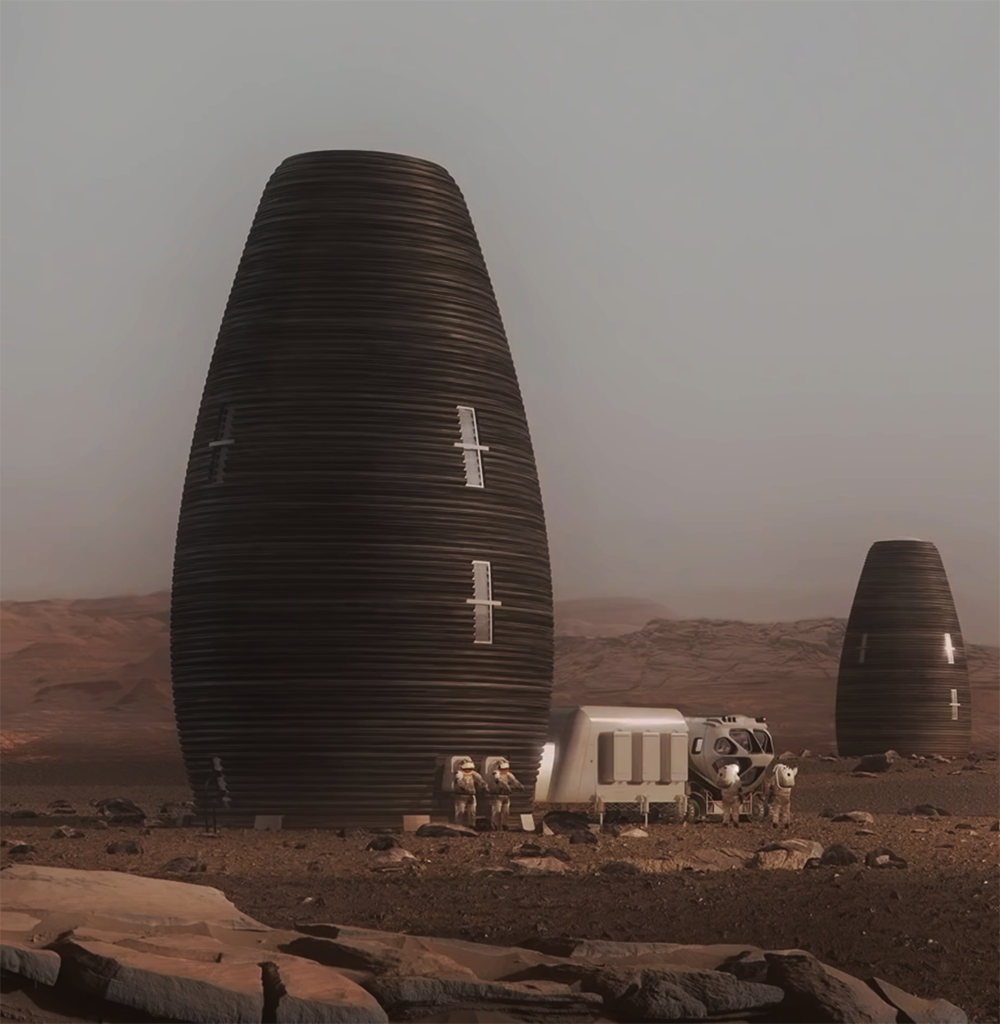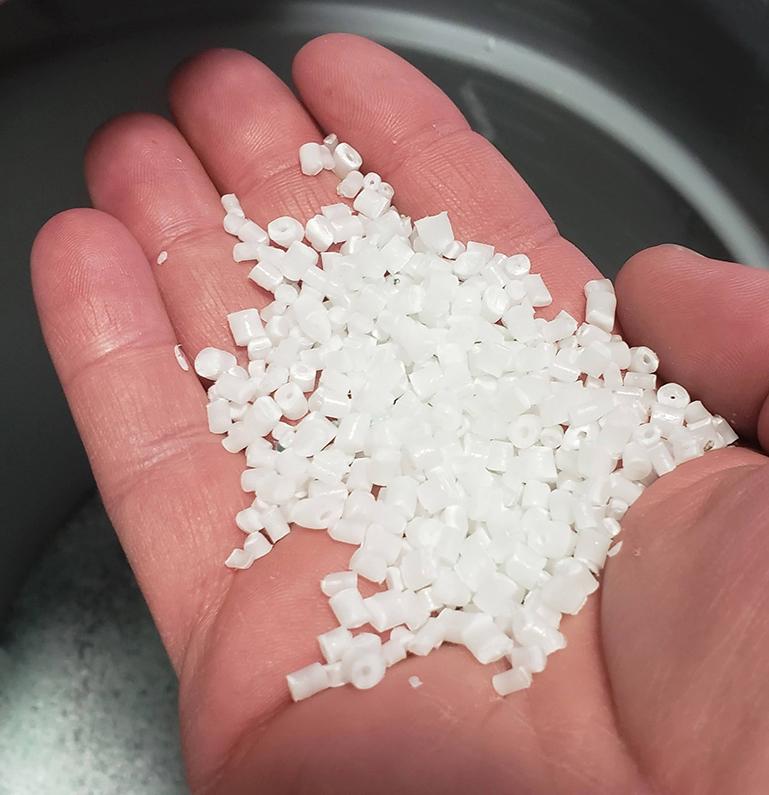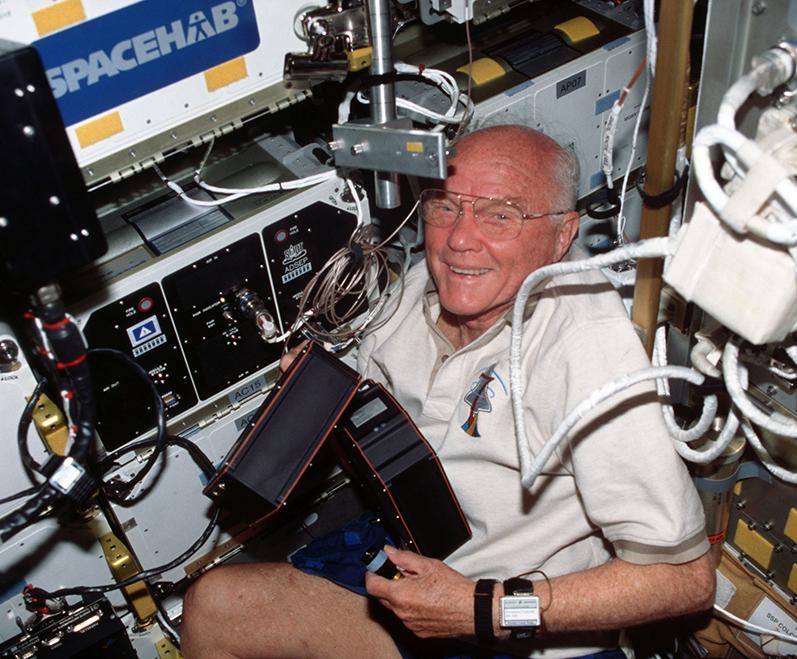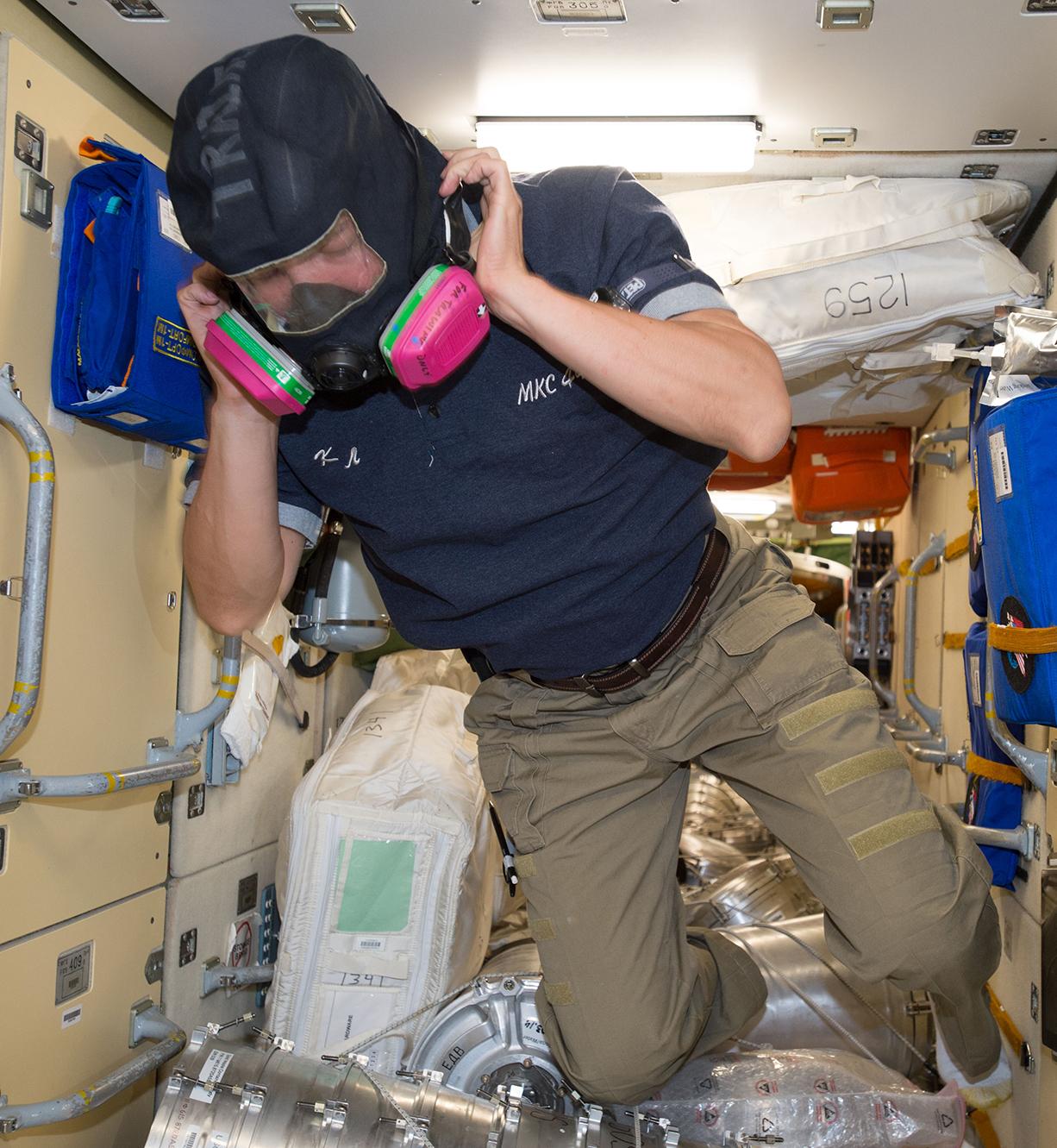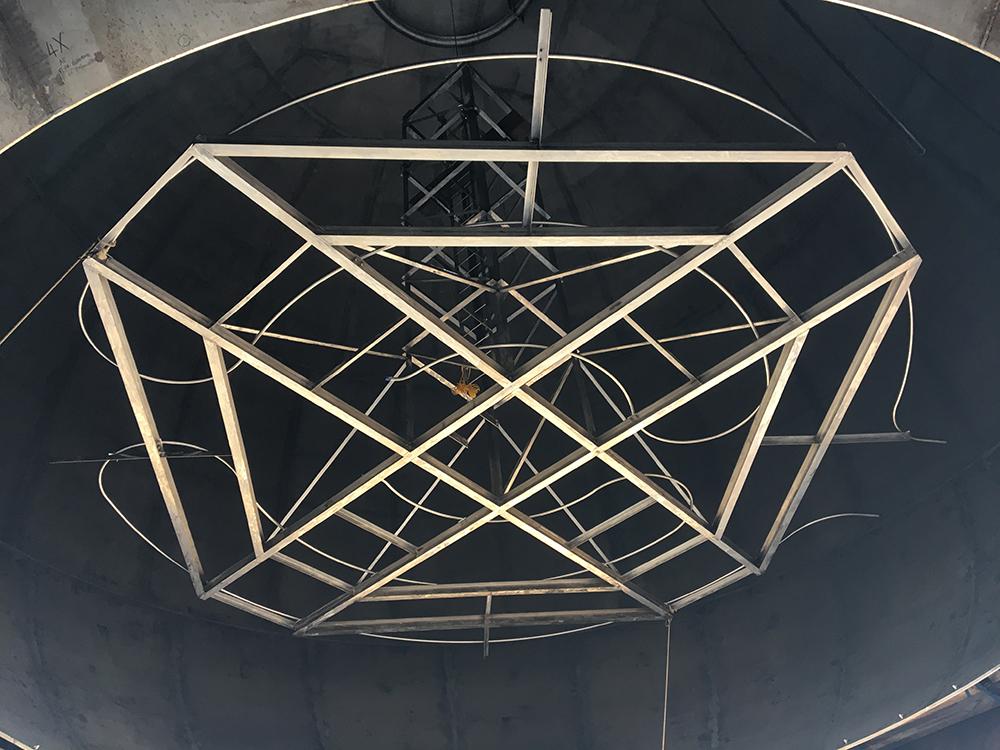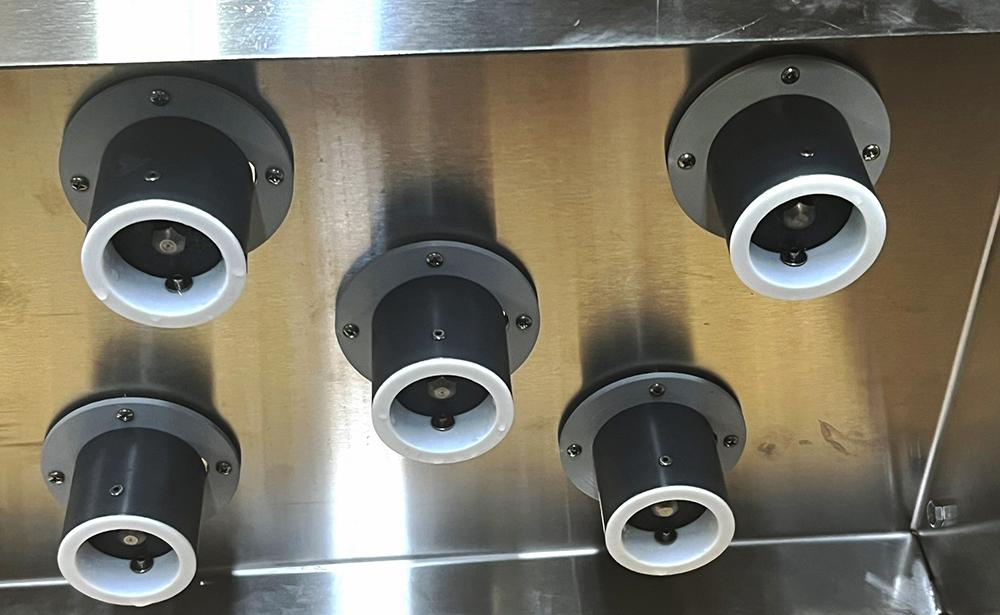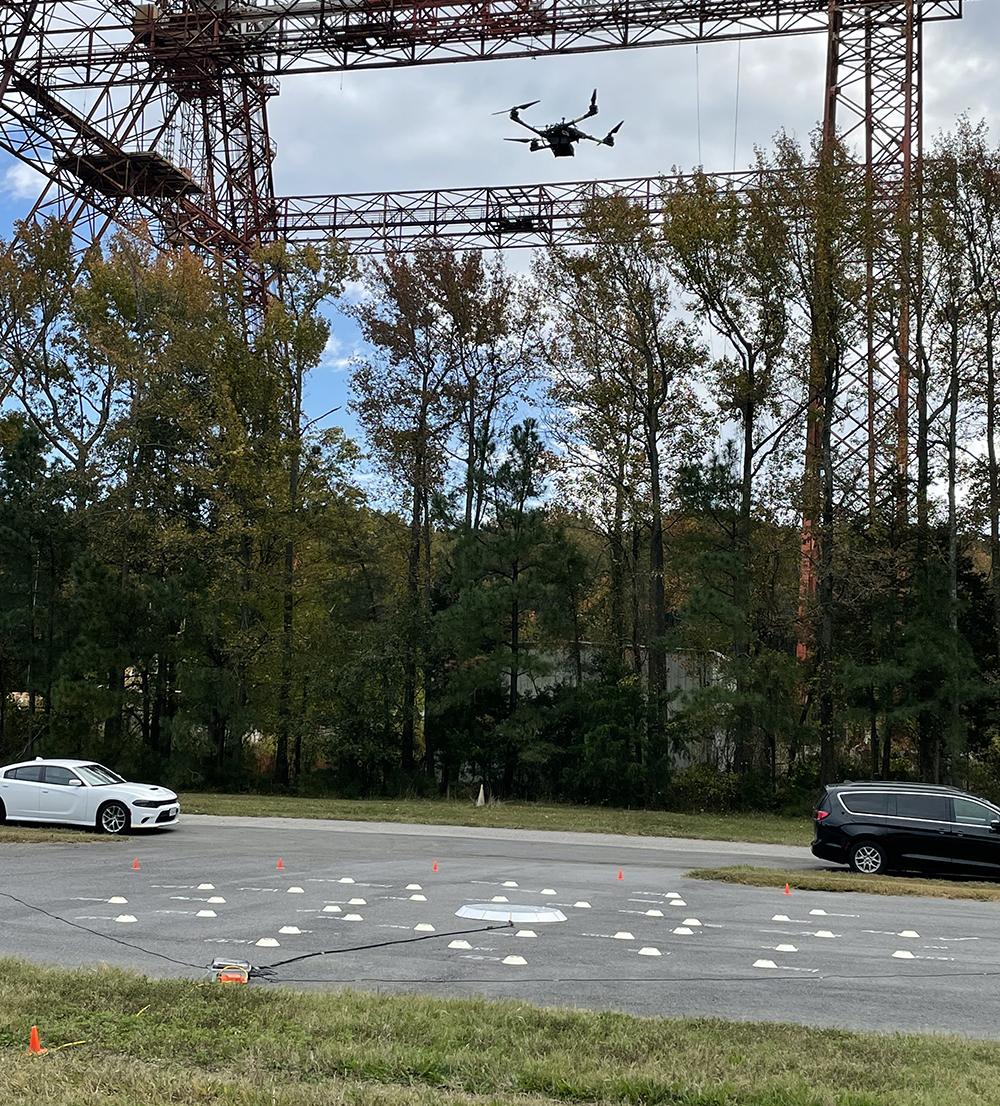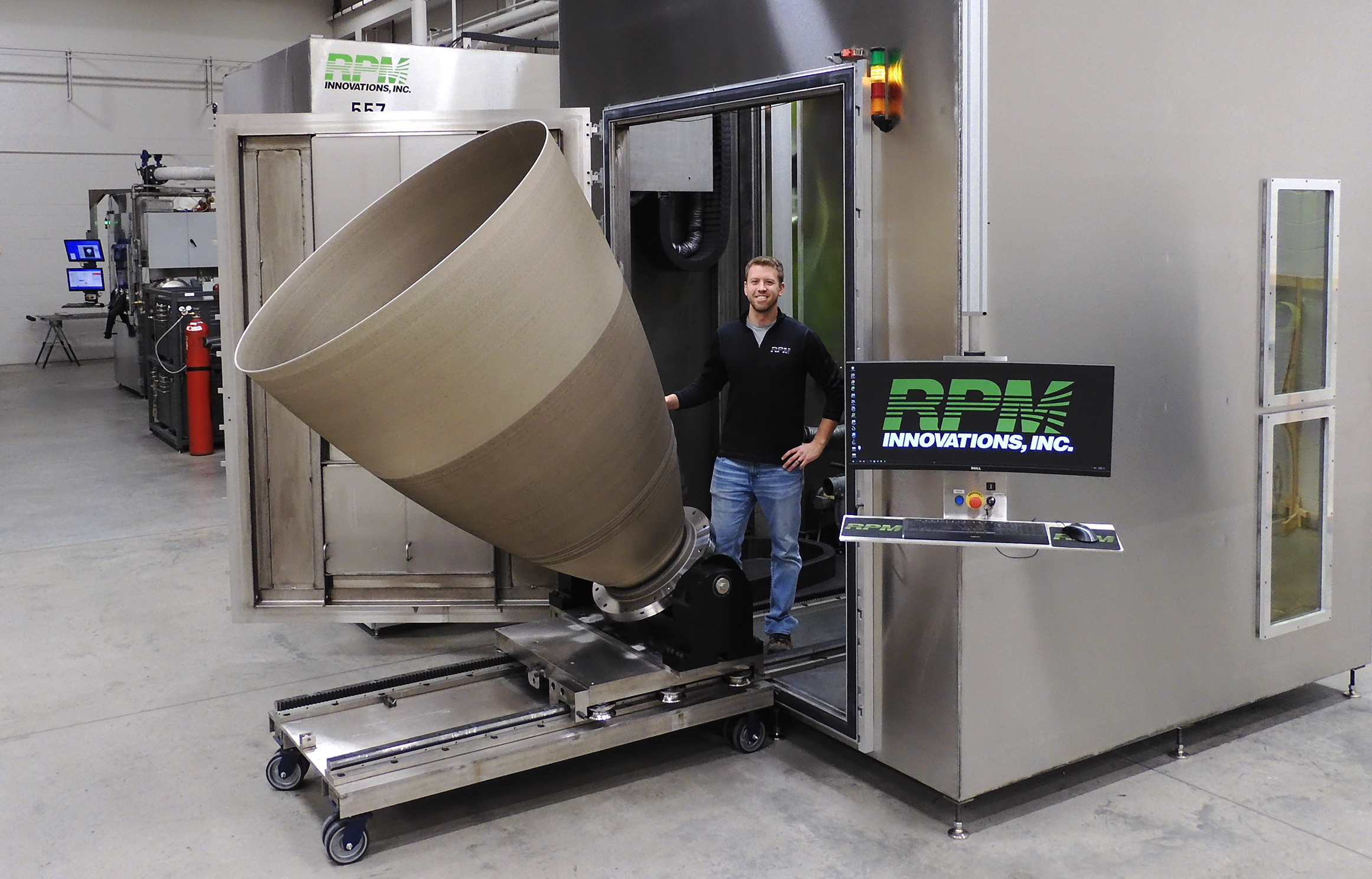
NASA ‘RAMPT’ Up 3D Printed Engine Size
Subheadline
Initiative advances, validates technology for 3D printing big, complex parts
Additive manufacturing, better known as 3D printing, has become an important tool for many industries, and NASA has been central to adapting it for one of the most demanding applications — rocket engines.
“Engines are challenging to move from development into production, and they take a lot of resources to develop, so there are tremendous opportunities to speed up the design and the manufacturing process and improve performance,” said Paul Gradl, principal engineer at NASA’s Marshall Space Flight Center in Huntsville, Alabama, who’s leading the agency’s efforts at 3D printing engines. “And if we can develop these technologies for the most extreme environments, temperatures, and pressures, they can be used for applications that are less severe.”
NASA’s largest effort on this front has been the Rapid Analysis and Manufacturing Propulsion Technology (RAMPT) project, funded by the Game Changing Development program and led by Marshall. Beginning in 2017, RAMPT printed a combustion chamber from a NASA-invented copper alloy and a nozzle from a NASA-invented iron-nickel alloy, fused the two, and wrapped them in carbon fiber to maintain their strength while significantly dropping their weight.
To 3D print a large nozzle, the team explored a new technique called laser powder directed energy deposition, which seemed promising for large-scale printing but needed considerable refinement. NASA turned to RPM Innovations (RPMI) of Rapid City, South Dakota. Gradl’s team and RPMI honed NASA’s powdered alloy, NASA HR-1, and the printing process itself to enable production of large, intricate parts. A demonstrator nozzle five feet across and almost six feet tall was printed. Its walls, already thin, were filled with tiny cooling channels, making them extremely intricate and challenging, said Gradl. A subscale version of the nozzle was hot fire tested and accumulated over 200 starts, proving its reusability.
“With RAMPT, we reduced the overall thrust chamber weight by about 40%. That’s huge because in the last 20 years, we’ve been chasing after marginal differences of 1 or 2%,” Gradl said, adding that production time and costs were cut by at least two-thirds. These 3D printed thrust chambers were named NASA’s 2024 Invention of the Year.
A follow-on program used RPMI machines to produce even lighter nozzles from an aluminum alloy engineered by the company Elementum 3D.
Nick Wald, general manager at RPMI, said the project not only helped the company refine its large-scale printing but also proved its technology for the harsh conditions in space. “What NASA has done is take a lot of that up-front risk in printing these parts, and then they actually test them to validate them,” said Wald. “That becomes data your space companies can pick up, and they don’t need to go figure out if this is real.”
Now, about 90% of the company’s service business — that is, printing parts for others — is in the aerospace field. Wald noted that RPMI is the world’s largest user of the NASA HR-1 alloy. But the company also sells printers to customers in several fields, including energy, mining, and oil and gas.
Tyler Blumenthal, RPMI’s sales manager, noted that NASA is also building a public database of various 3D printed materials’ properties, to the benefit of the entire field. “They’ve developed all this data, and everyone has access to it, so now there’s additional knowledge on how to adopt and use the technology across applications,” he said. “It has benefited all of industry.”
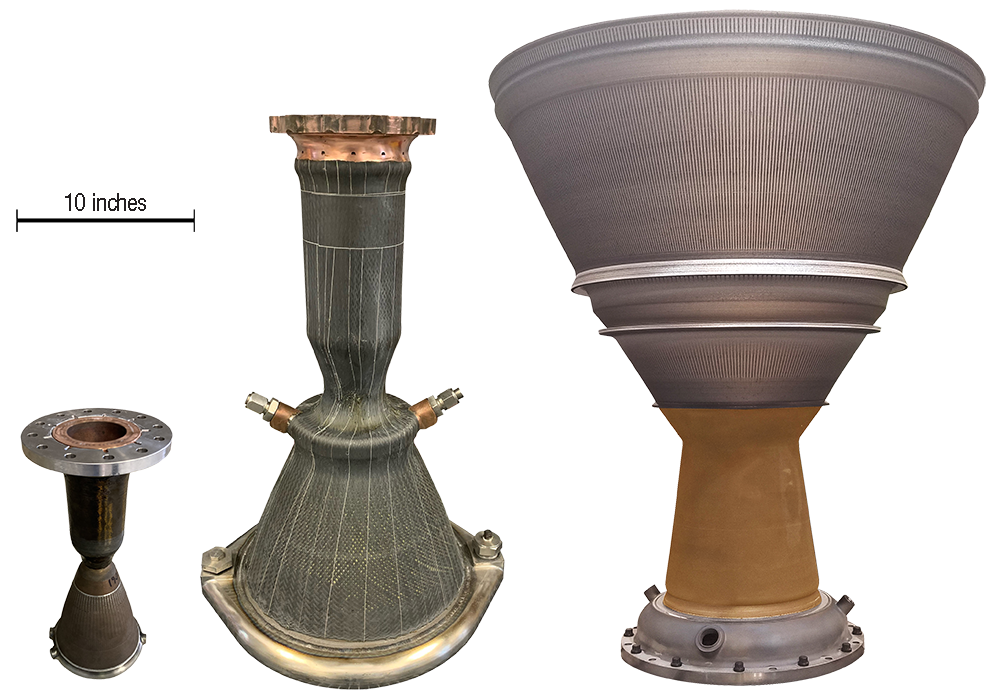
Under the Rapid Analysis and Manufacturing Propulsion Technology program, RPM Innovations and NASA 3D printed different classes of rocket engine thrust chambers to mature the novel technologies associated with each. Seen here are the printed engines capable of 2,500, 7,000, and 40,000 pounds of thrust. Credit: NASA

Tyler Blumenthal, sales manager at RPM Innovations, stands with a 3D printed rocket engine nozzle, freshly printed using the technique the company refined with NASA for large-scale metal 3D printing. At about five feet across and six-and-a-half feet tall, this is a 65% scale model of the nozzle from the RS-25 engines that were the space shuttle main engines and now power the SLS’s (Space Launch System) core stage. Credit: RPM Innovations Inc.





